Home>Interior Design>Can You Use Interior Paint Outside? Paint Professionals Advise
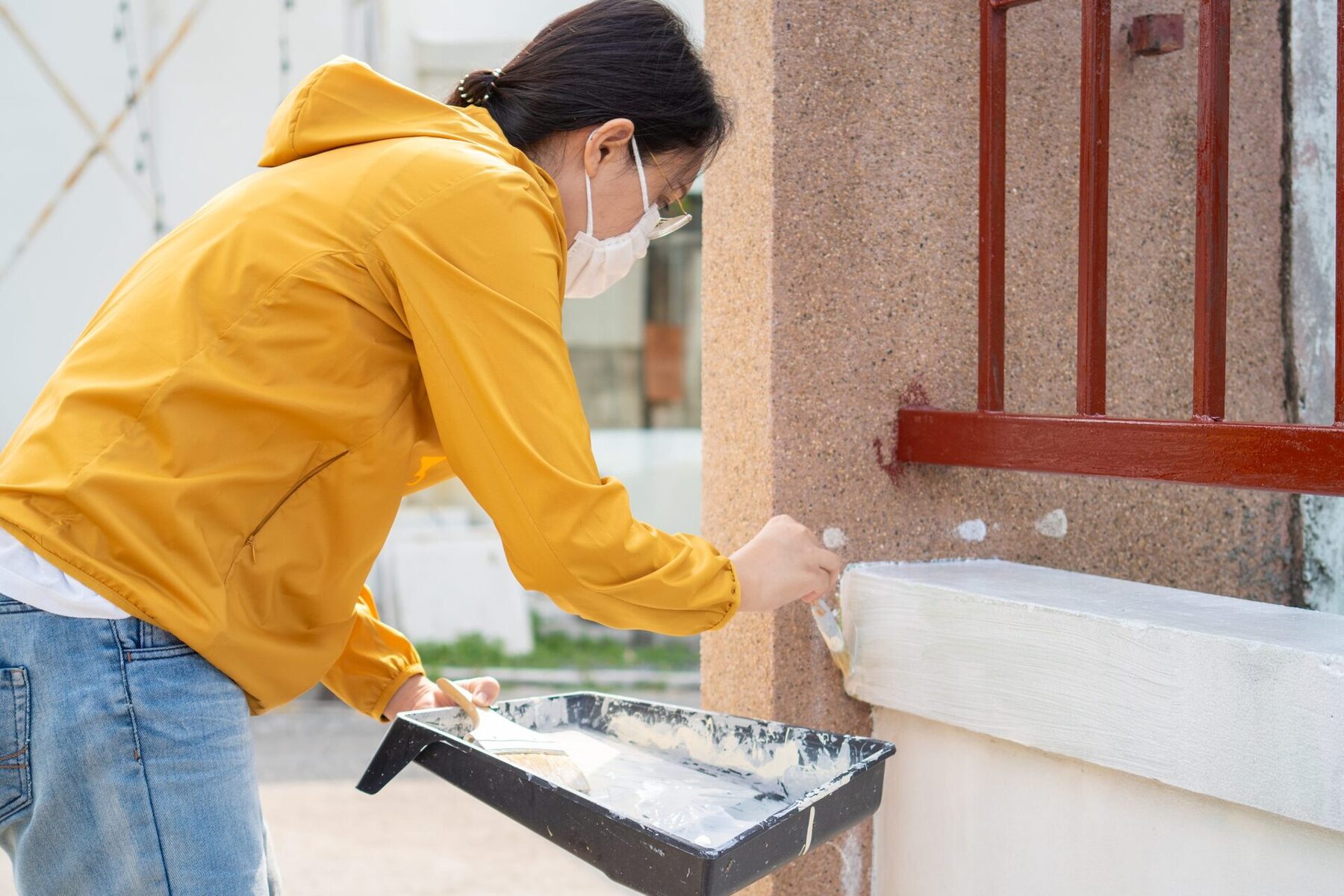

Interior Design
Can You Use Interior Paint Outside? Paint Professionals Advise
Modified: December 7, 2023
Discover whether you can use interior paint outside. Paint professionals offer expert advice on the limitations and risks. Enhance your interior design knowledge today.
(Many of the links in this article redirect to a specific reviewed product. Your purchase of these products through affiliate links helps to generate commission for Storables.com, at no extra cost. Learn more)
Introduction
Welcome to the world of interior design, where creativity and functionality come together to transform living spaces. As an interior design expert, you understand the importance of color, texture, and style when it comes to creating the perfect ambiance for a room. But what about the exterior of a home or building? Can you use interior paint outside?
While it may seem tempting to repurpose your leftover interior paint for an exterior project, it’s important to understand the differences between interior and exterior paint and the potential consequences of using the wrong type of paint in the wrong environment. In this article, we will delve into the subject and seek advice from paint professionals to determine whether using interior paint outside is a safe and viable option.
Before we explore the topic further, it’s important to note that when we refer to “interior paint,” we are referring to paint specifically formulated for indoor use. Similarly, “exterior paint” refers to paint designed for outdoor applications. These two types of paint have distinct properties that make them suitable for their respective purposes.
While interior and exterior paint may look similar at first glance, they differ in composition to withstand different environmental conditions. For example, exterior paint is formulated to withstand temperature fluctuations, UV rays, moisture, and other harsh conditions that can impact the paint’s longevity and appearance. On the other hand, interior paint focuses more on ease of application, color consistency, and durability against everyday wear and tear.
Now that we understand the basic differences between interior and exterior paint, let’s explore whether it is safe to use interior paint outside. While it may be tempting to cut costs by using interior paint for an exterior project, doing so can have serious consequences.
Key Takeaways:
- Using interior paint outside is not recommended due to its lack of durability, weather resistance, and UV protection. Invest in high-quality exterior paint for long-lasting and visually pleasing results.
- Paint professionals unanimously advise against using interior paint outside. Exterior paint is specifically formulated to withstand outdoor challenges, ensuring a beautiful, long-lasting finish.
Is it safe to use interior paint outside?
Using interior paint outside may seem like a convenient option, especially if you have extra paint lying around. However, it is important to consider the potential risks and drawbacks before proceeding.
One of the primary concerns with using interior paint outside is its lack of durability and resistance to harsh weather conditions. Exterior paint is specifically designed to endure extreme temperatures, moisture, and UV exposure. It contains additives and resins that create a protective barrier against these elements. Interior paint, on the other hand, lacks these protective properties, making it susceptible to peeling, fading, and deterioration when exposed to the outdoors.
Furthermore, interior paint is not designed to withstand heavy rain or snowfall. When exposed to prolonged moisture, interior paint can quickly blister and crack, leading to a compromised finish and potential damage to the underlying surface. Exterior paint, with its moisture-resistant properties, is better equipped to handle these conditions, maintaining its integrity and protecting the underlying structure.
Another factor to consider is the effect of ultraviolet (UV) rays on paint. Exterior paint is formulated with UV-resistant pigments and additives, which help to prevent fading and discoloration caused by sun exposure. Interior paint, which is not designed to withstand direct sunlight, can quickly fade and lose its vibrancy when used outside.
Beyond the lack of weather resistance and UV protection, interior paint also lacks the flexibility needed to accommodate the expansion and contraction of outdoor surfaces due to temperature fluctuations. Exterior paint is formulated with elastic properties that allow it to stretch and contract with these changes, preventing cracking and peeling. Interior paint, without this flexibility, is more likely to crack and flake when applied to exterior surfaces.
Additionally, many interior paints contain volatile organic compounds (VOCs) that can be harmful when released into the environment. Exterior paint, on the other hand, often contains lower levels of VOCs or is formulated to have minimal impact on air quality. By using interior paint outside, you may inadvertently expose yourself, your family, and the environment to these potentially harmful compounds.
In summary, while it may be tempting to use interior paint outside due to convenience or cost-saving reasons, it is not a recommended practice. The lack of durability, weather resistance, UV protection, flexibility, and potential health risks associated with interior paint make it an unsuitable choice for exterior applications.
It is always advised to use the proper type of paint for the intended application. If you have an exterior project, invest in high-quality exterior paint that is specifically formulated to withstand the demands of outdoor environments. This will ensure a long-lasting and visually pleasing finish that can withstand the elements for years to come.
The differences between interior and exterior paint
Understanding the differences between interior and exterior paint is crucial when it comes to choosing the right type for your specific project. Let’s explore some key distinctions between these two types of paint.
Weather Resistance: One of the primary differences between interior and exterior paint is their ability to withstand different weather conditions. Exterior paint is engineered to withstand UV rays, temperature fluctuations, moisture, and even fungal growth. It has additives and resins that provide a protective barrier, ensuring the paint’s longevity and appearance over time. On the other hand, interior paint lacks these protective properties, making it vulnerable to peeling, fading, and damage when exposed to outdoor elements.
Durability: Exterior paint is typically more durable than interior paint due to its need to withstand harsh environmental conditions. It is formulated to be more resistant to impact, abrasions, and general wear and tear. Interior paint, on the other hand, focuses more on ease of application and long-term durability against everyday use, such as cleaning, scuffing, and staining.
Color Retention: Exterior paint is designed to retain its color and vibrancy over time, despite exposure to sunlight and weather conditions. It contains UV-resistant pigments and additives that help prevent fading and discoloration. Interior paint, while it may also have high-quality pigments, is not formulated to withstand direct sunlight and may experience color fading or change when used outside.
Flexibility: Exterior paint is formulated with elasticity to accommodate the expansion and contraction of outdoor surfaces due to temperature fluctuations. This flexibility allows the paint to move with the substrate, minimizing the risk of cracking and peeling. In contrast, interior paint lacks this flexibility, making it more prone to cracking and flaking when applied to exterior surfaces.
Odor and Volatile Organic Compounds (VOCs): Interior paint is typically formulated to emit lower levels of odor and VOCs, as it is used in enclosed spaces where ventilation may be limited. This is to promote better indoor air quality and reduce potential health risks. Exterior paint may contain higher levels of VOCs due to its use in open-air environments. However, stricter VOC regulations have led to the development of low-VOC and zero-VOC exterior paint options, reducing the impact on air quality.
Primer Requirement: Another difference lies in the need for primers. Exterior paint often requires a separate primer coat, especially when working with bare or porous surfaces or when covering stains. This additional step helps ensure proper adhesion and enhances the durability and performance of the paint. Interior paint, on the other hand, may not always require a separate primer, depending on the surface being painted. Many interior paints have built-in primers or are formulated to offer better coverage and adhesion without the need for a separate primer.
By understanding these key differences between interior and exterior paint, you can make informed decisions when it comes to choosing the appropriate paint for your specific project. It is essential to select the right paint type to achieve a beautiful, long-lasting finish that withstands the demands of the intended environment.
No, interior paint is not suitable for outdoor use as it is not designed to withstand the elements. Exterior paint is formulated to be more durable and weather-resistant. Always use the appropriate paint for the specific surface and environment.
Factors to consider before using interior paint outside
While using interior paint outside is generally not recommended, there may be certain situations where it could be considered. However, before proceeding with such a decision, there are several important factors to consider to ensure the best possible outcome. Let’s explore these factors below:
Climate and Weather Conditions: Evaluate the climate and weather conditions of your location. If you live in an area with harsh weather, frequent temperature fluctuations, or high humidity, using interior paint outside will likely lead to premature paint failure. Exterior paint is specifically designed to withstand these conditions, providing better protection and durability.
Surface Type: Consider the surface you plan to paint. Some exterior surfaces, such as wood, brick, stucco, or metal, have different requirements and may require specific exterior paint formulations to ensure proper adhesion and longevity. Interior paint, which is not designed for these surfaces, may not adhere properly and could result in a poor finish or paint failure.
Longevity: Determine your expectations for the lifespan of the paint job. Exterior paint is engineered to last longer and maintain its appearance despite exposure to the elements. Interior paint, when used outside, will likely show signs of wear and tear more quickly, requiring more frequent touch-ups or complete repainting.
Color Fading: Consider the exposure of your project to direct sunlight. Interior paint is not formulated with the same level of UV resistance as exterior paint, making it more prone to color fading and discoloration when exposed to the sun. If your project will receive direct sunlight, using exterior paint is advisable to maintain color vibrancy over time.
Protection and Maintenance: Think about the level of protection and maintenance your project requires. Exterior paint offers additional protection against moisture, fungi, and other environmental factors. It is also easier to clean and maintain compared to interior paint, which may not hold up well when faced with outdoor challenges.
Health and Environmental Concerns: It is important to consider the potential health and environmental impacts of using interior paint outside. Interior paint may contain higher levels of volatile organic compounds (VOCs) that can be harmful when released into the environment. Exterior paint, on the other hand, is formulated to have lower VOC levels or is available in low- or zero-VOC options, reducing the impact on air quality.
Budget and Cost Considerations: While using leftover interior paint outside may seem like a cost-saving measure, it is essential to weigh the potential long-term costs and efforts required for maintenance, touch-ups, or even complete repainting. Investing in the appropriate exterior paint from the beginning can help avoid these additional expenses and ensure a more durable and aesthetically pleasing finish.
Considering these factors will help you make an informed decision when deciding whether to use interior paint outside. While it may be tempting to repurpose extra paint, it is crucial to prioritize longevity, durability, and protection to achieve the best results for your project.
Paint professionals’ advice on using interior paint outside
When it comes to using interior paint outside, paint professionals unanimously advise against it. Their expertise and experience have led them to understand the potential risks and drawbacks associated with this practice. Here are some key insights from paint professionals:
1. Durability and Protection: Paint professionals emphasize that exterior paint is specifically formulated to withstand the challenges of outdoor environments. Interior paint lacks the necessary durability and protective properties to endure constant exposure to sunlight, moisture, temperature fluctuations, and other harsh weather conditions. Using interior paint outside can lead to premature paint failure, resulting in peeling, cracking, and loss of color.
2. Adhesion and Longevity: Proper adhesion is crucial for a successful paint job. Interior paint may not adhere well to exterior surfaces, potentially leading to poor adhesion and an uneven or patchy finish. Exterior paint, on the other hand, is formulated with adhesion-promoting properties that ensure a strong bond to the surface. This improves the longevity of the paint job, maintaining its appearance for years to come.
3. UV Resistance: Sunlight and UV rays can cause interior paint to fade and discolor rapidly when used outside. Exterior paints are engineered with UV-resistant pigments and additives that protect against fading and maintain color vibrancy. Paint professionals stress the importance of using exterior paint to ensure long-lasting color performance and prevent the need for frequent touch-ups or repainting.
4. Weatherability: Exterior paint is designed to withstand not only UV rays but also other environmental conditions, such as wind, rain, snow, and humidity. It has superior moisture resistance, preventing water damage, blistering, and mold growth. Interior paint lacks these important protective features and can quickly deteriorate when exposed to the elements.
5. Warranty and Professional Recommendations: Many reputable paint manufacturers provide warranties specifically for their exterior paint products. By using interior paint outside, you invalidate any potential warranty claims and protection offered by the manufacturer. Paint professionals strongly advise following the manufacturer’s recommendations and using the appropriate paint for each specific application.
6. Health and Safety: Paint professionals highlight the potential health risks associated with using interior paint outside. Interior paint may release higher levels of volatile organic compounds (VOCs), which can be harmful to you, your family, and the environment. Exterior paint is often formulated with lower VOC levels, reducing the impact on indoor and outdoor air quality.
7. Professional Results: Paint professionals emphasize the importance of achieving professional-level results in any painting project. Using the correct type of paint for the job, such as exterior paint for outdoor applications, ensures a high-quality finish that stands the test of time. It also reduces the need for frequent maintenance and repainting, saving you time and money in the long run.
In summary, paint professionals strongly advise against using interior paint outside due to the lack of durability, protection, UV resistance, and adhesion. To ensure a successful and long-lasting paint job, they recommend using exterior paint specifically formulated for outdoor use. This will guarantee optimal results, protection against the elements, and a beautiful finish that enhances the curb appeal of your home or building.
Read more: Can You Paint Interior Walls When Raining
Summary and conclusion
As an interior design expert, you have a keen eye for color and aesthetics. While interior paint can transform the look and feel of a room, using it outside is a different story altogether. Throughout this article, we have explored the topic of using interior paint outside and sought advice from paint professionals to understand the potential risks and drawbacks.
It is clear that interior paint is not designed for the demands of outdoor environments. Exterior paint, on the other hand, is specifically formulated to withstand the challenges posed by weather, UV rays, moisture, and other factors. By using interior paint outside, you risk premature paint failure, including peeling, fading, cracking, and loss of adhesion. This can result in a poor aesthetic appearance, frequent maintenance, and costly repainting.
Paint professionals unanimously advise against using interior paint outside. They stress the importance of selecting the appropriate paint for each application, considering factors such as durability, weather resistance, UV protection, and adhesion. Exterior paint offers superior performance in these areas, ensuring a beautiful, long-lasting finish that stands up to the elements and maintains its vibrant color over time.
It is crucial to prioritize the long-term benefits and protection when deciding on a paint type. While it may seem convenient or cost-effective to repurpose interior paint for an exterior project, the potential consequences can far outweigh any initial savings. Investing in high-quality exterior paint from the start will not only save you time and money in the long run but also provide you with a visually pleasing and durable finish that enhances the overall appearance of your home or building.
In conclusion, using interior paint outside is not recommended. Understanding the differences between interior and exterior paint, considering the factors of climate, surface type, color fading, protection, health concerns, and budget, and heeding the advice of paint professionals will help you make informed decisions and achieve the best results in any painting project. Choose the right paint type for the job, and your exterior surfaces will stay vibrant, protected, and visually appealing for years to come.
Frequently Asked Questions about Can You Use Interior Paint Outside? Paint Professionals Advise
Was this page helpful?
At Storables.com, we guarantee accurate and reliable information. Our content, validated by Expert Board Contributors, is crafted following stringent Editorial Policies. We're committed to providing you with well-researched, expert-backed insights for all your informational needs.
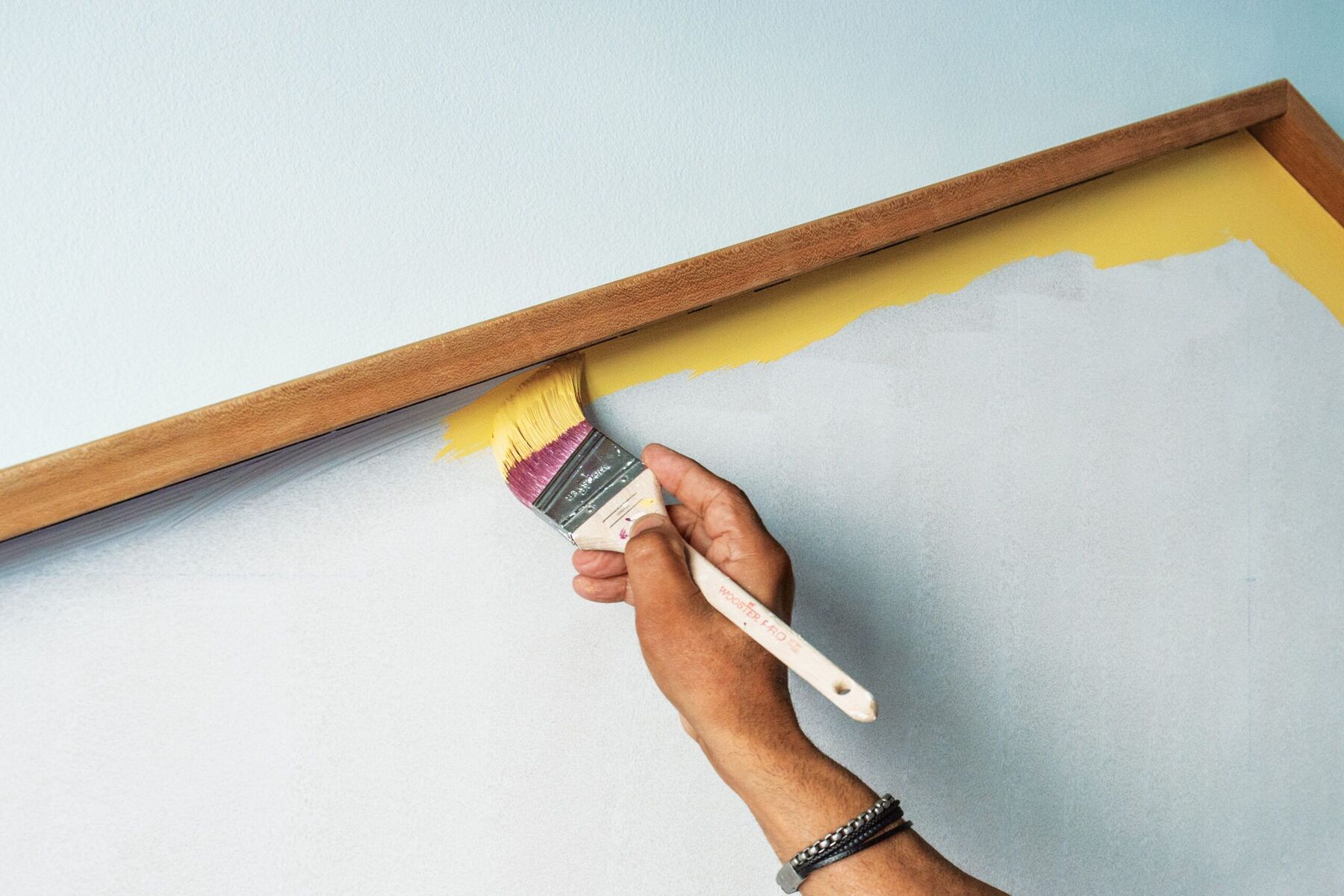
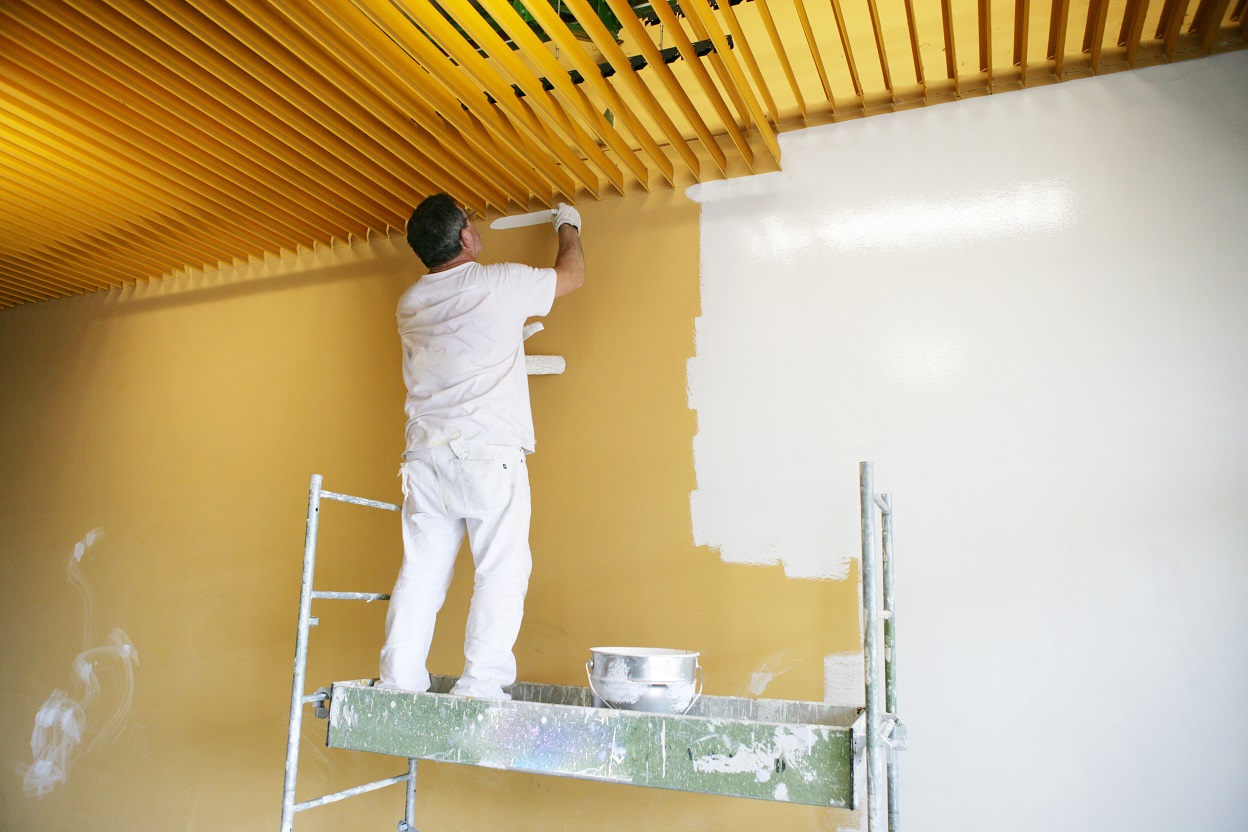
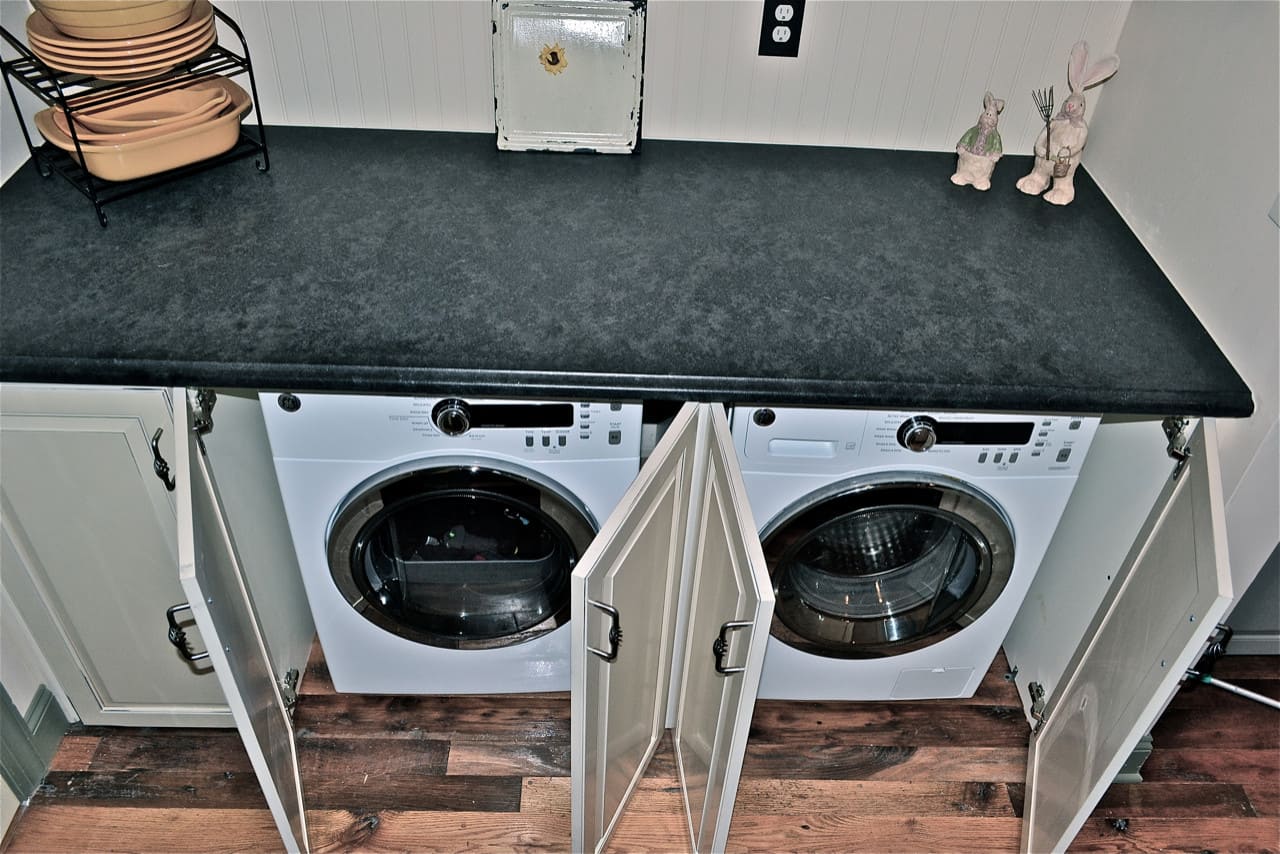
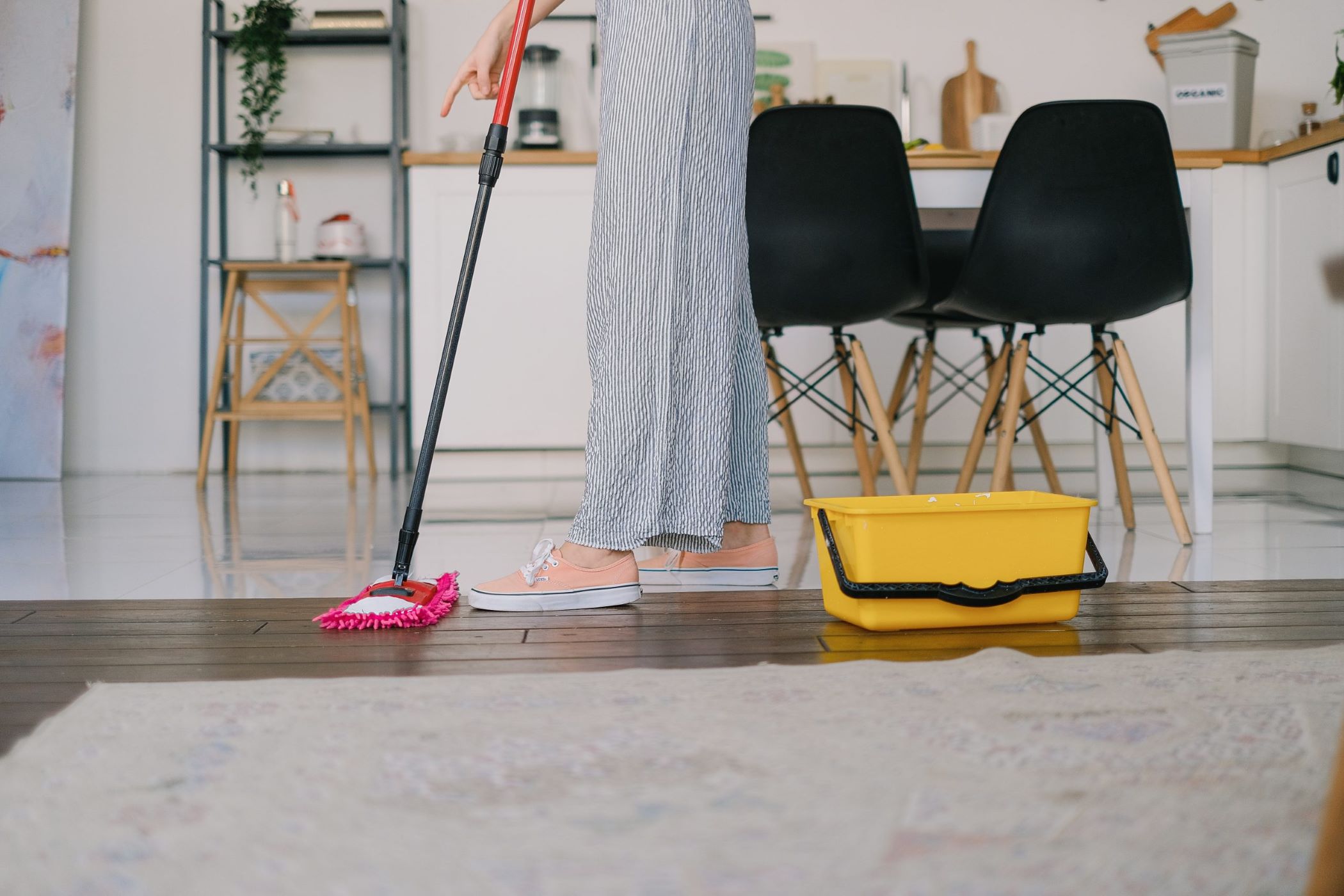

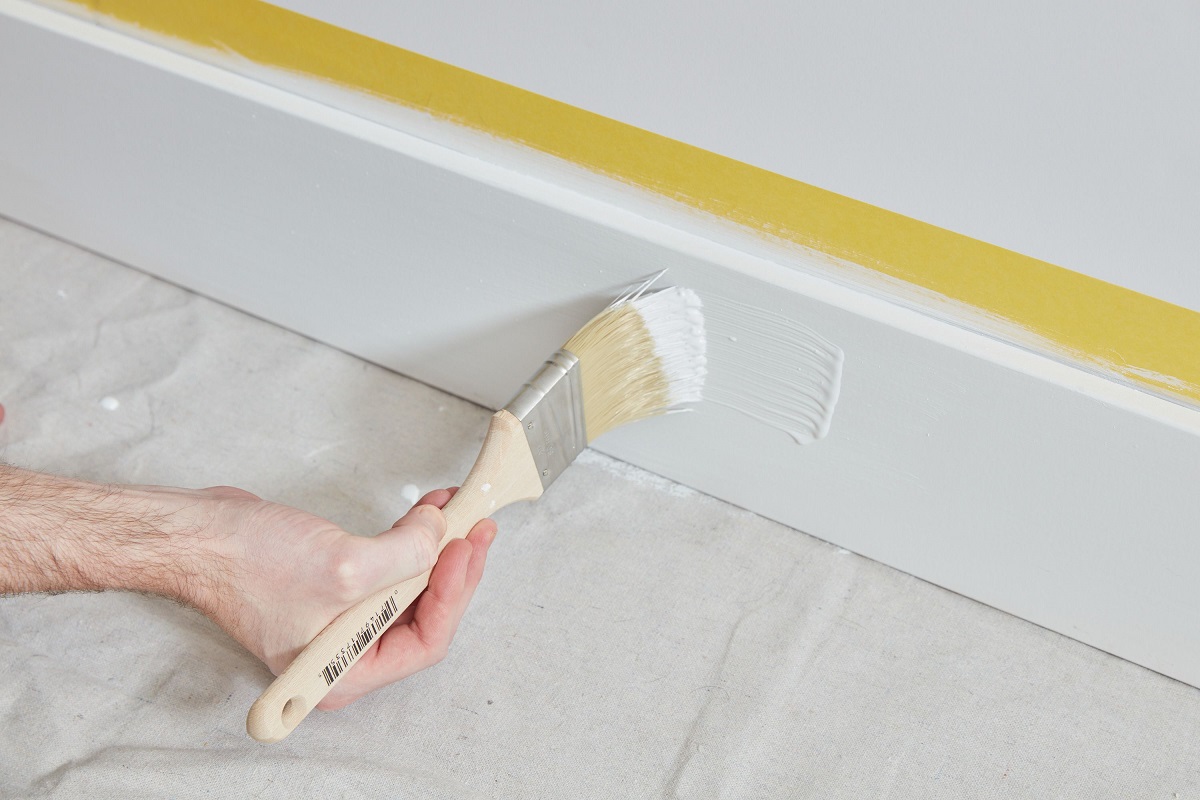

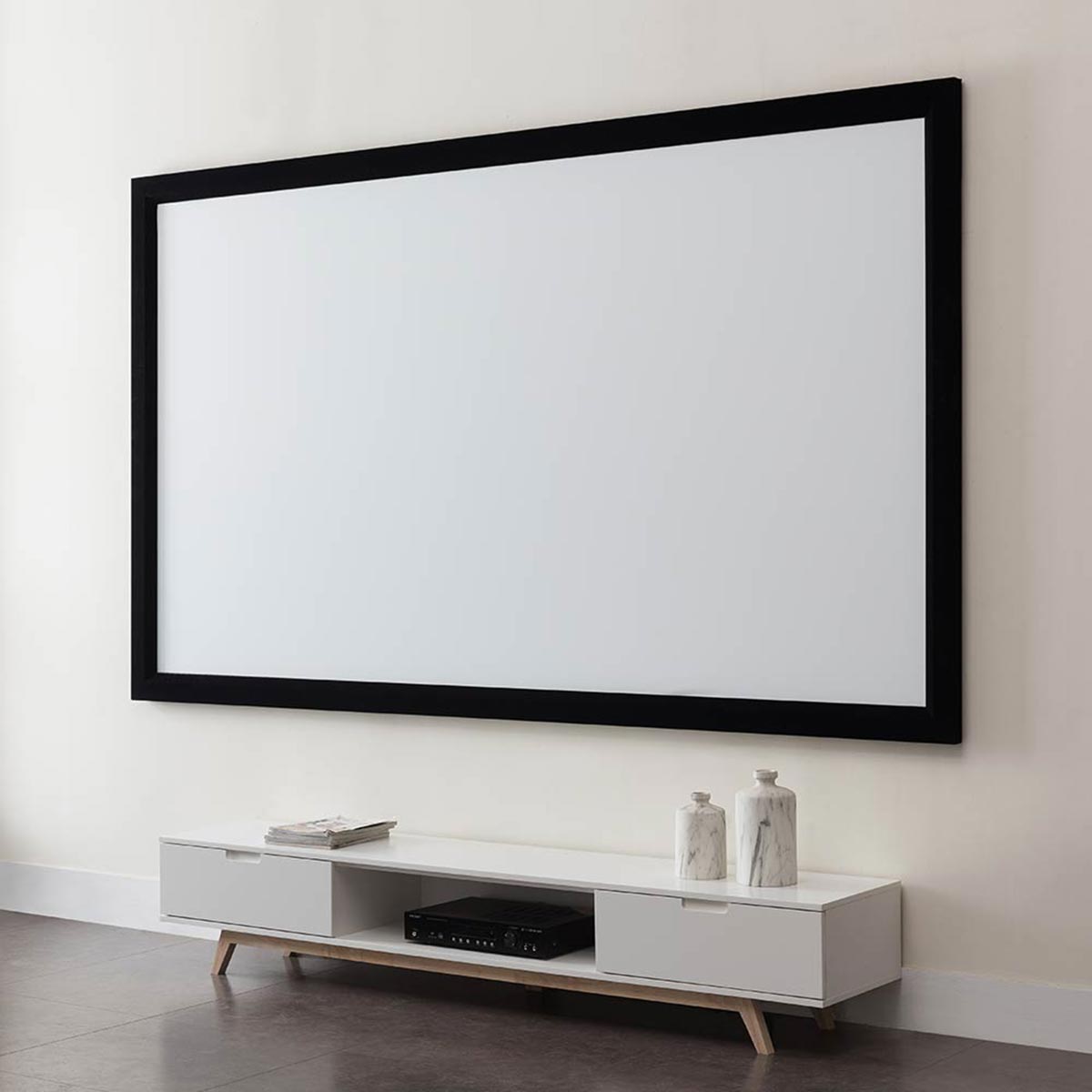


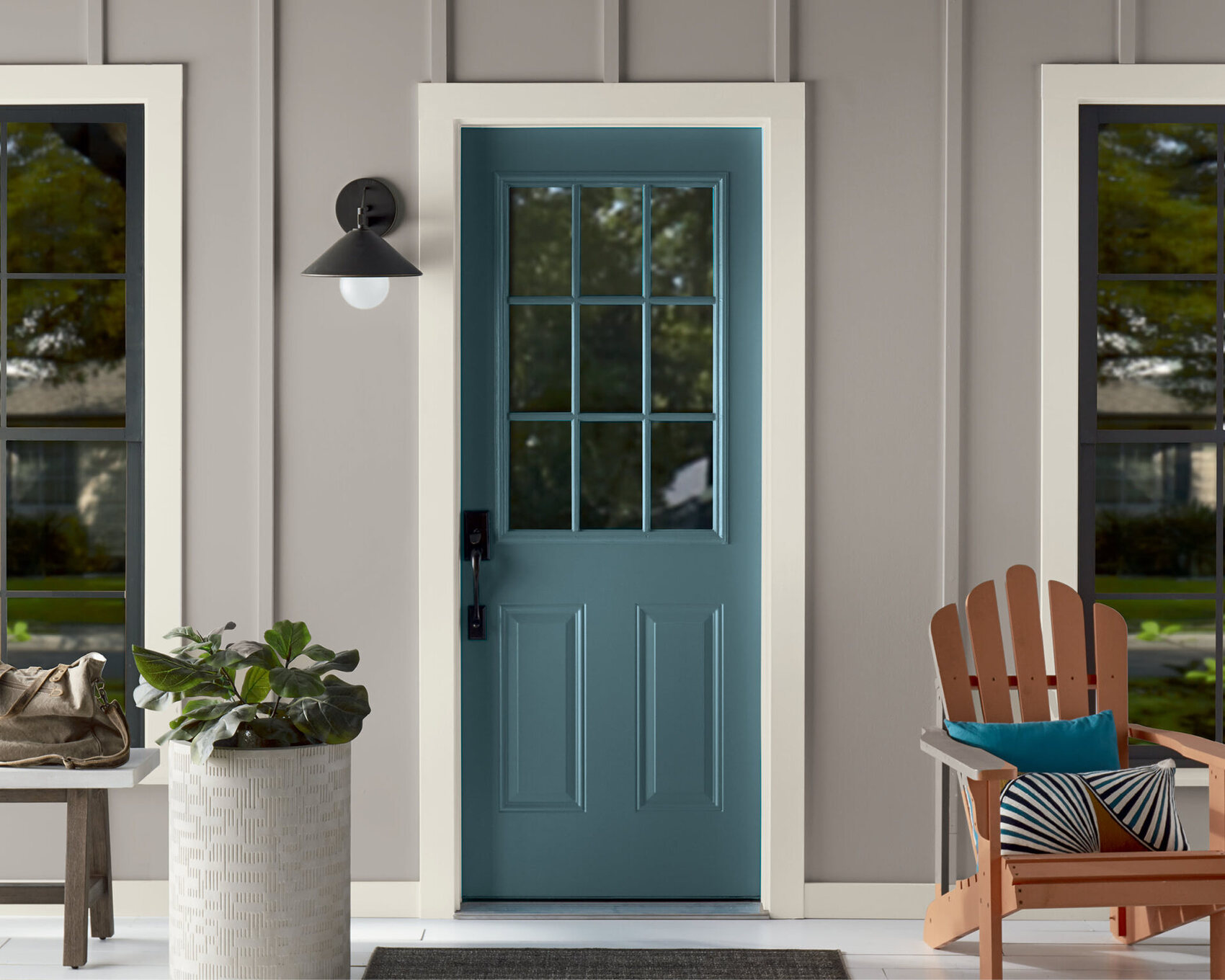
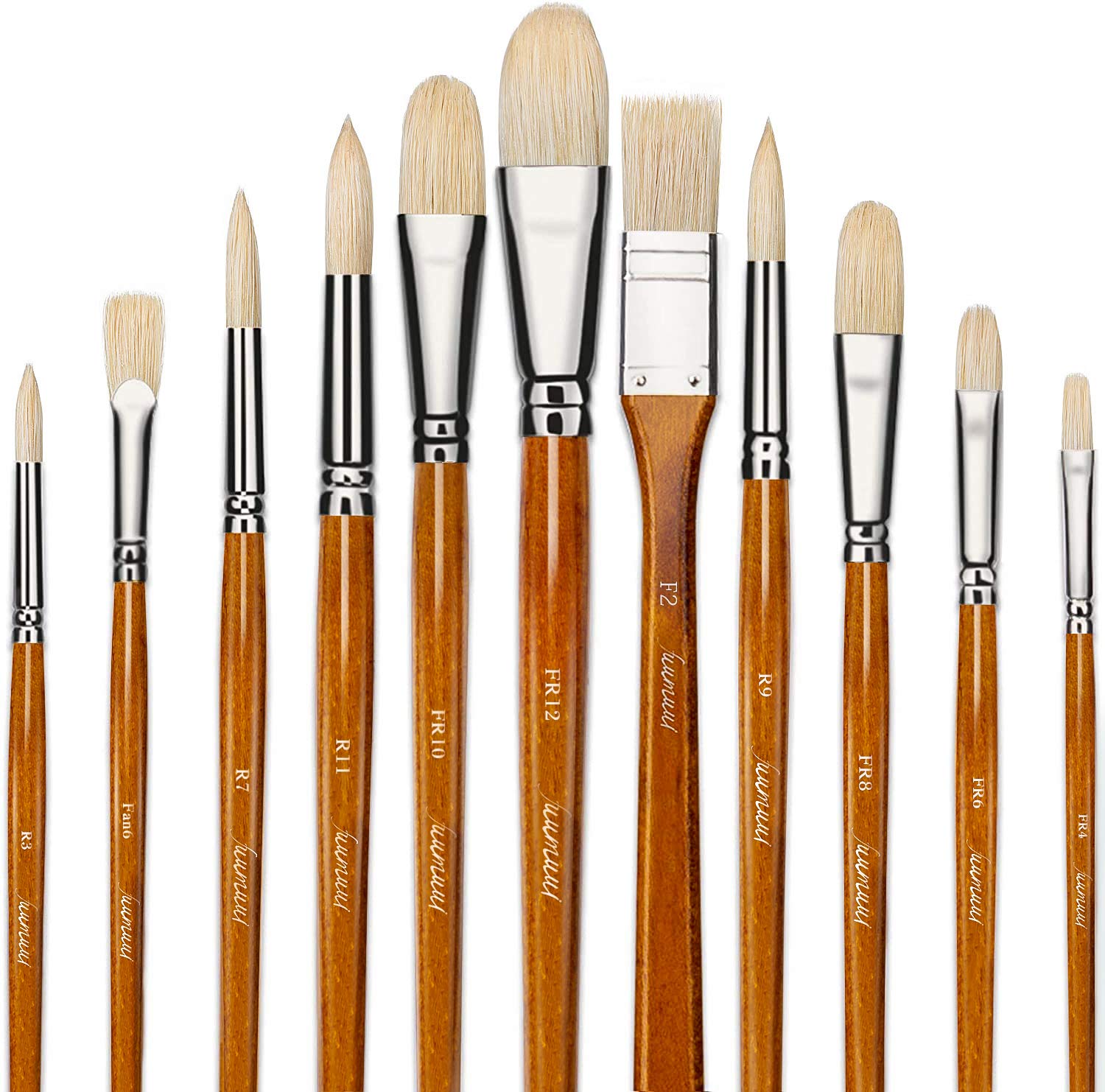
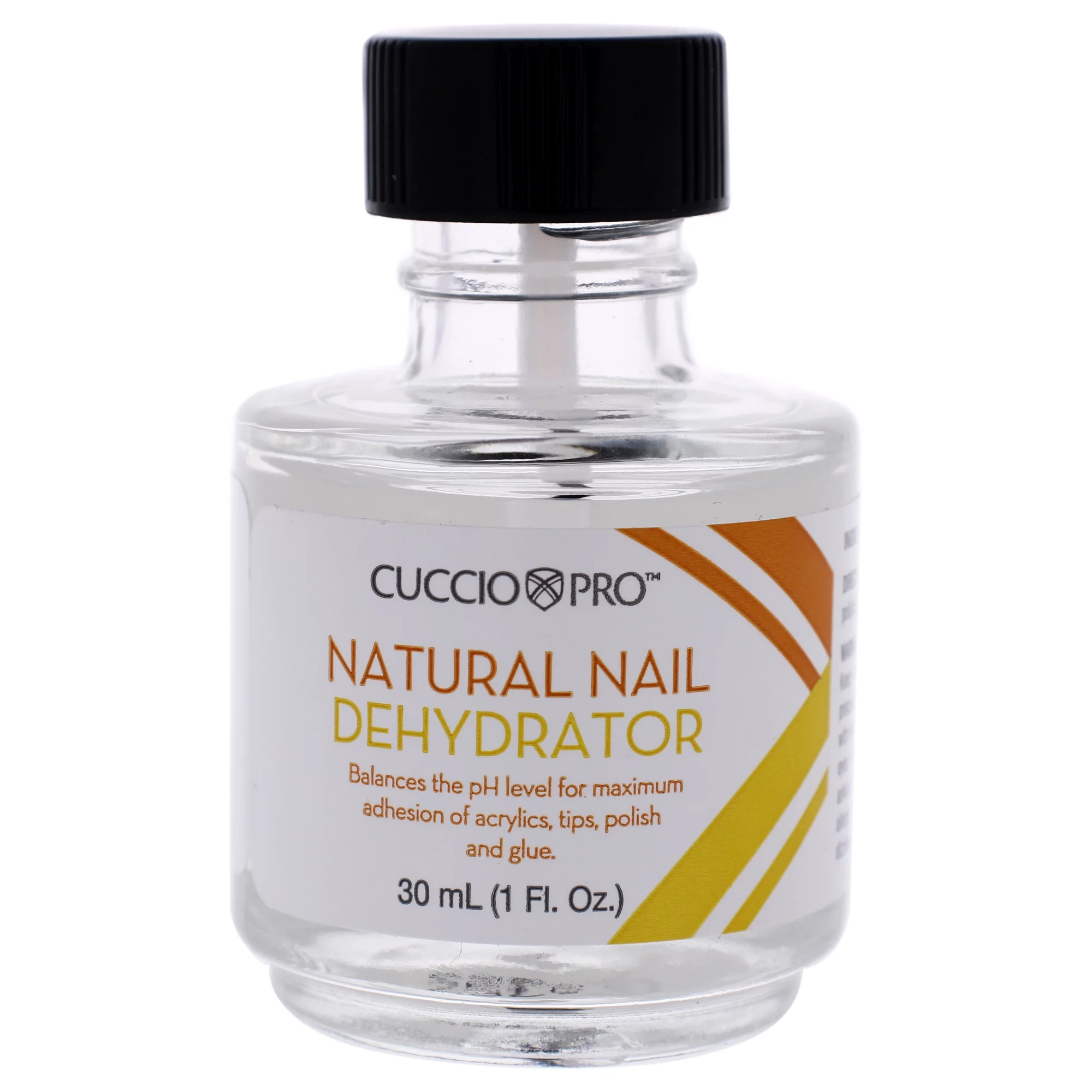
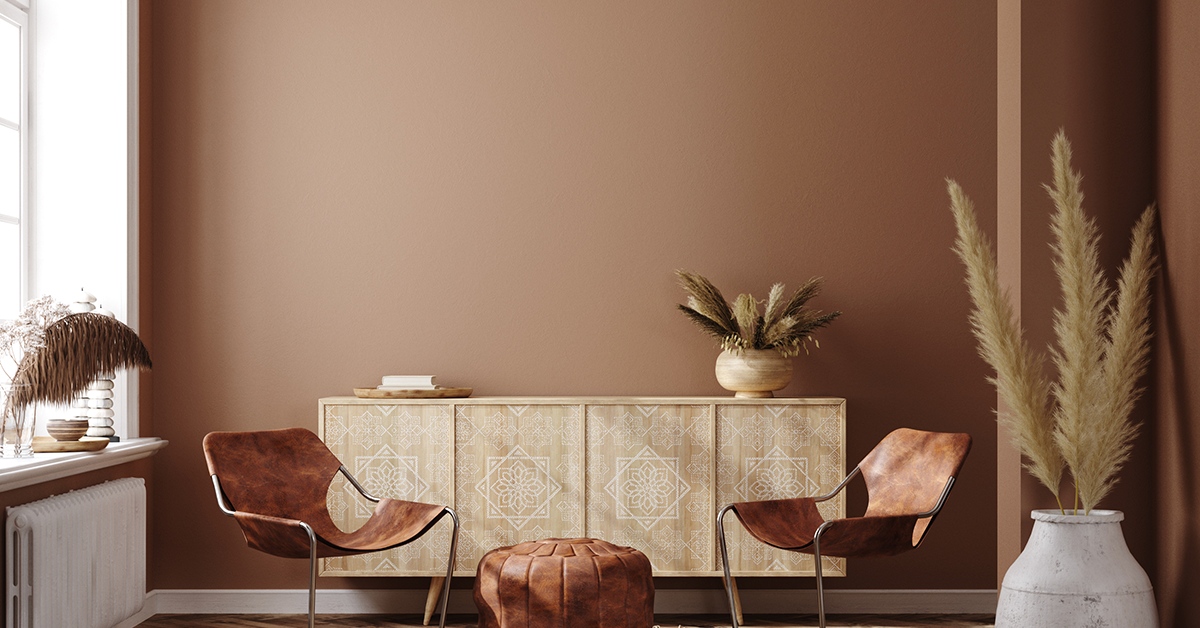

0 thoughts on “Can You Use Interior Paint Outside? Paint Professionals Advise”